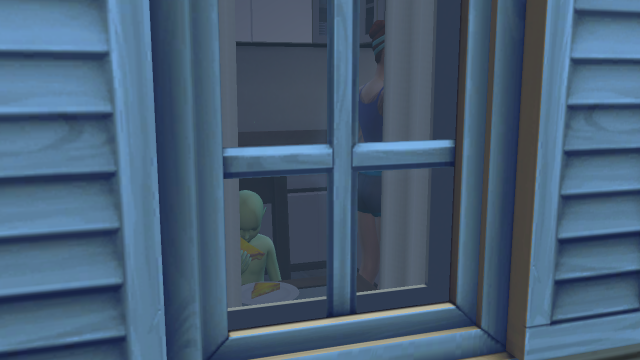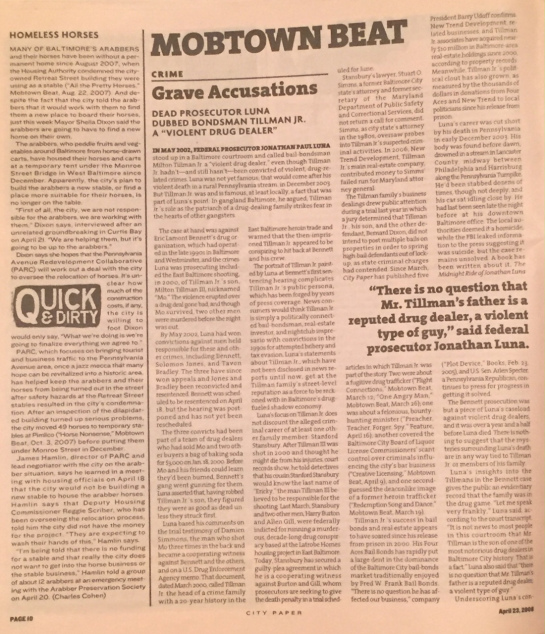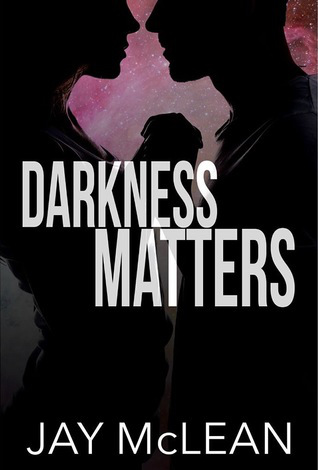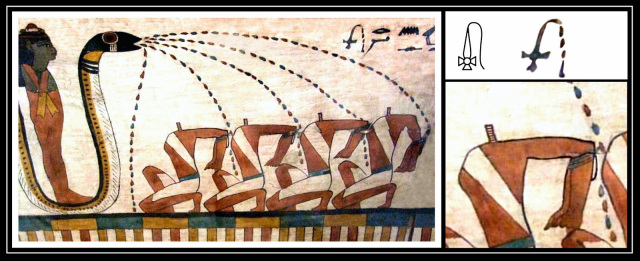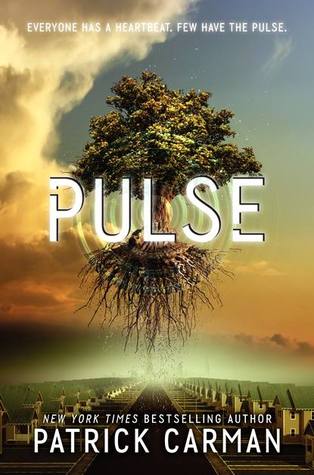Originally submitted as first week response to ENGL 690 course, Fall 2016, Instructors: Prof. Philip S. Baringer and Chris McKitterick
Works Discussed:
Flatland: A Romance of Many Dimensions, Edwin A. Abbott
“They’re Made of Meat”, Terry Bisson
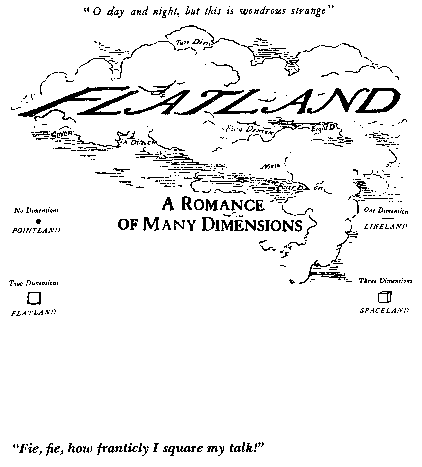
Among the many definitions of science fiction, the ones that resonate with me and the material I have read and am currently reading are the definition of science fiction as the literature of the human species encountering change and science fiction as the literature of the Other (McKitterick, “Defining “Science Fiction””). Science fiction does not always necessarily deal with imagining the future and technological advances, but it always deals with the possibility of changes. At the risk of too simplifying what Darko Suvin has written, I would like to see these changes in the same term as what Suvin thinks of the cognitive estrangement that serves as “underlying attitude and dominant formal device” of science fiction (Suvin, “Estrangement and Cognition”). The changes may manifest in forms of an encounter with aliens, description of alien planets and worlds and introduction to a sentient computer. These changes, to a certain extent, may enhance our understanding of living in a world of great diversity, although achieving such understanding may be a difficult task.
Both “They’re Made of Meat” and Flatland show that changes are nigh inevitable. In “They’re Made of Meat”, the perspective is that of the aliens, rather than that of human beings. The discovery of human beings by these aliens is met with both amazement and disguise: the facts that humans are made of meat and the meat is capable of intelligent activities puzzle them. This very short story shows how aliens might look for responses and respond to human search and voyage for extraterrestrial life. In short, the aliens do not want to establish contact with humans because they are made of meat. The story ends with an irony of how the aliens are concerned with their own and other beings’ loneliness, yet they dismiss humans entirely. This story ending criticizes how change is treated when it comes around: it is expected yet difficult to accept.
“And why not? Imagine how unbearably, how unutterably cold the universe would be if one were all alone.”
Science fiction presents how human beings face and respond to change. The change itself is reflected in the presentation of the elements that are considered to constitute a science fiction narrative. Besides the presentations, science fiction presents the attitude towards the change, which is often the source of the conflict in a science fiction story. Both the audience of and the characters in science fiction encounter, respond to and develop an attitude toward change. This is also, of course, reflected in Flatland. The novella gives us a view of a realm that is constituted exclusively of a flat, two-dimensional plane with two-dimensional buildings. The land is peopled by two-dimensional characters, both literally and figuratively, since most of the characters rendered by A Square, the main character and narrator, are not complex. They are all two-dimensional geometric figures with their own roles in the Flatland society; the more sides they have, the higher their positions are in the society. The triangles, mostly the Isosceles, are the most abundant. They represent the working class and also the footman soldiers and militia of Flatland. The Equilateral triangles, Squares and Pentagons are the men of trades. The Hexagons and more polygonal shapes are people of more respected trades, apparently. The Circles represent the highest order, the rulers of Flatland, the ones who create and impose rules upon the residents of Flatland. One of the most surprising, and sexist, descriptions of Flatland is the women, who are in the form of straight lines and are considered to be one-dimensional, both in shape and character. The Square’s description of Flatland and its inhabitants can be viewed as a satire of the human society. Humans are not more complex beings because they come from and belong to a society stratified into classes.
The moment when A Square meets the three-dimensional Sphere is comparable to the moment one of the aliens in “They’re Made of Meat” discovers and describes that humans are made of meat. Like the readers encountering the peculiar description of Flatland, A Square encounters a strange, new change that will transform his view of the universe, that is the fact that there is a third dimension. The change is very difficult to grasp and comprehend for A Square, who thinks and sees in two dimensions. He tries to understand it and gets people to try to understand it, but he does not succeed and is even incarcerated and sent to jail for his heresy of spreading the Theory of Three Dimensions. As in “They’re Made of Meat”, change is difficult to accept even if it is proven and inevitable.
The Science in “They’re Made of Meat” and Flatland
Given the humorous and satirical contents of the two stories and my lack of background in science, it is easy for me to consider the speculative science aspect of both “They’re Made of Meat” and Flatland as metaphorical, rather than literal. However, several science-related questions have arisen after reading the two stories.
The question that springs to mind after reading “They’re Made of Meat” is “if the aliens are not made of meat like humans, what are they made of?” As humans living on earth, we always think of life as carbon-based life. This reminds me to the possibility of non-carbon-based alien life, discussed by Stephen Hawking several years ago.
Reading Flatland has me asking the question “how do the dimensions beyond the third look like?” and brings me to the article “Seeing in Four Dimensions” and also to the website it cited: http://www.dimensions-math.org/. Although in understanding the concept of the fourth dimension I may be much more clueless than A Square in Flatland who tries to understand the Theory of Three Dimensions, it is interesting to know that the fourth dimension is no longer in the domain of science fiction and mystery stories; scientists are working to prove its existence, along with developing the science to understand it.
Asking these questions, that are somewhat related to the questions several scientists have pondered upon and studied for years, and understanding how they respond to and try to answer these questions may give me more insights on how reading science fiction may not always predict the (science of) the future and help us understand science more, but may prepare us better for the changes, for the scientific inventions discoveries to come.
Additional Work Cited
“Stephen Hawking on Non-Carbon-Based Alien Life.” The Daily Galaxy, May 18, 2011, http://www.dailygalaxy.com/my_weblog/2011/05/stephen-hawking-on-non-carbon-based-alien-life.html. Accessed August 28, 2016.
Suvin, Darko. “Estrangement and Cognition.” Strange Horizons, November 24, 2014, http://www.strangehorizons.com/2014/20141124/1suvin-a.shtml. Accessed August 28, 2016.
Share this: